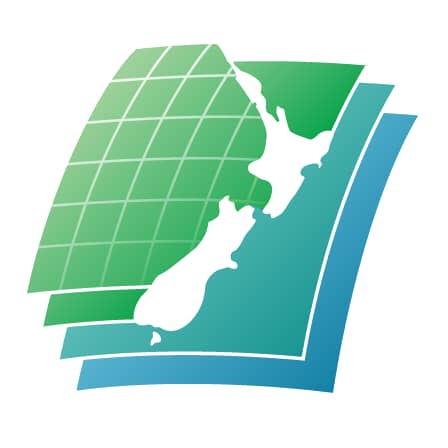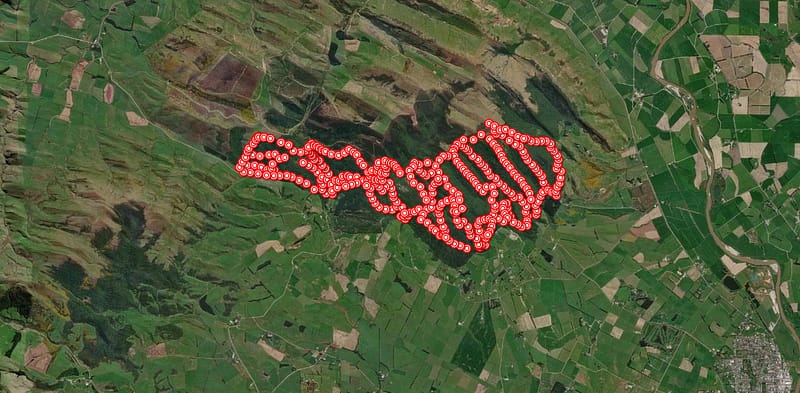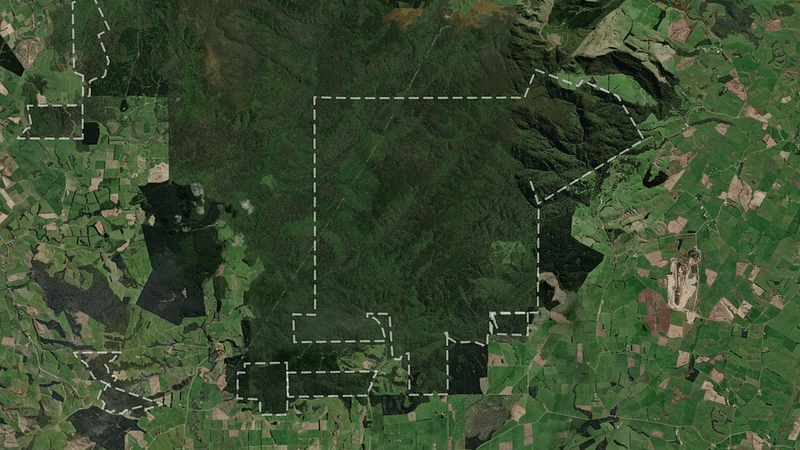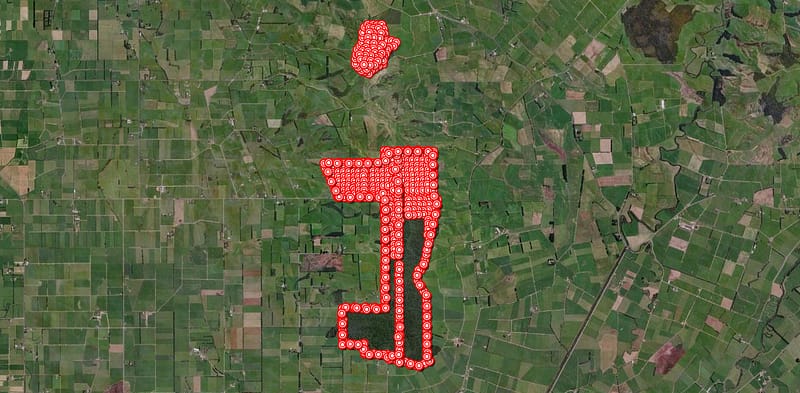
These projects are a part of the larger environmental restoration project delivered by the Hokonui Rūnanga in partnership with Toitū Te Whenua Land Information New Zealand though its Jobs for Nature programme.
The initial scale of the operation will be concentrated to the 27,000 ha of native bush and pastoral edges. However, the main goal is to extend the pastoral boundary to incorporate native pockets throughout the 93,383 ha area then join with the proposed Predator Free Southland area to achieve the goals set out by PF2050.

The Haumari (Croydon Bush) Biodiversity Project is a pest control initiative focusing on protecting, monitoring and restoring Taonga locally.

The Hokonui Hills Biodiversity Project is pest control initiative that Taiao manages in partneship with many local community groups like the Hokonui Tramping Club.

these Biodiversity Projects are in partnership with the Department of Conservation Jobs for Nature.
The aim of the partnership is to provide immediate employment to contractors and displaced workers with the additional benefit to include whānau support for reconnection with their whenua, provide ongoing training which will lead to employment and to restore the native forested areas of Murihiku to a more resilient ecosystem for indigenous biodiversity. This would necessitate an effectively pest-predator free landscape, one in which local people are actively engaged in practical management and in the sharing of scientific and cultural knowledge of the land.

The Catlins Biodiversity Project is a pest control based initiative focusing on establishing effective trapping networks in the Catlins area.

The Otewao (Forest Hill) biodiversity project is a pest control method driven by the Forst Hill Community trust in partnership with the Hokonui Runanga.